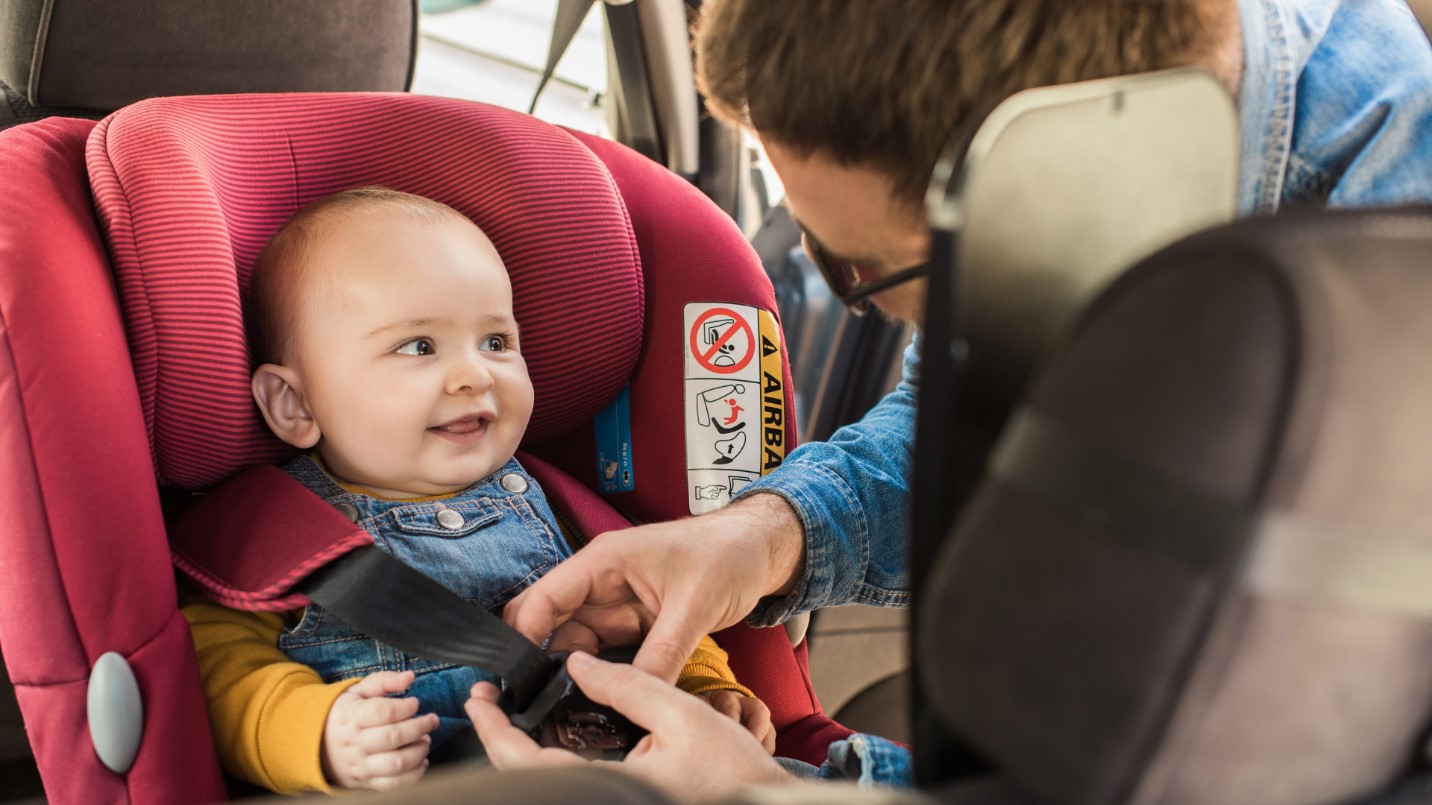
Automobile accidents involving children are a parent’s worst nightmare. In the modern world, where automobiles are ubiquitous, motor vehicle accidents stand as a significant threat to public health and safety. While these accidents affect individuals of all ages, children are particularly vulnerable.
According to the Centers for Disease Control and Prevention (CDC), motor vehicle crashes are a leading cause of death among children in the United States, surpassing other causes of unintentional injury-related deaths. This alarming statistic underscores the importance of understanding the dynamics of automobile accidents concerning children and taking proactive measures to mitigate risks and enhance safety.
Understanding the Risks
The vulnerability of children in automobile accidents stems from various factors, including their smaller size, immature physiology, and inability to comprehend and respond to potential dangers as effectively as adults. Consequently, they are at a higher risk of sustaining severe injuries or fatalities in crashes. The CDC reports that in 2021 alone, 78 children aged 12 and younger lost their lives in motor vehicle accidents in Texas, highlighting the pressing need for effective interventions to address this issue.
Importance of Proper Restraint Systems
One critical aspect of child safety in automobiles is the use of appropriate restraint systems. Child safety seats, when correctly installed and utilized, are proven to significantly reduce the risk of injury and death in the event of a crash. However, despite their effectiveness, misuse of child safety seats remains a prevalent issue. According to the Texas Department of Transportation (TxDOT), nearly half of child safety seats are misused, compromising their ability to provide optimal protection.
Promoting Proper Installation and Usage of Child Safety Seats
To address the misuse of child safety seats, it is essential to raise awareness and educate caregivers about the importance of proper installation and usage. Providing accessible resources, such as educational materials, instructional videos, and hands-on demonstrations, can empower caregivers to make informed decisions regarding child passenger safety. Additionally, offering support services, such as car seat inspection clinics staffed by certified technicians, can help ensure that child safety seats are installed correctly and used appropriately. (CDC)
Legislation and Enforcement
Legislation plays a crucial role in promoting child passenger safety by establishing standards for the design, manufacture, and use of restraint systems. States have implemented laws requiring the use of child safety seats and specifying guidelines for their appropriate use based on age, weight, and height. Enforcement of these laws through measures such as citations and fines serve to incentivize compliance and reinforce the importance of child passenger safety. (TxDOT)
- Texas Department of Transportation – Seat belt and car seat guidelines
- Texas Department of State Health Services (DSHS) – Safe Riders Child Passenger Safety Program
Community Engagement and Collaboration
Efforts to enhance child passenger safety require collaboration among various stakeholders, including government agencies, nonprofit organizations, healthcare providers, and community groups. By working together, these stakeholders can leverage their respective expertise and resources to develop comprehensive initiatives aimed at promoting awareness, providing education, and facilitating access to resources and services related to child passenger safety.
Motor vehicle accidents represent a significant threat to the safety and well-being of children, claiming lives and causing injuries that can have lasting consequences. By understanding the risks associated with automobile accidents involving children and implementing effective strategies to address them, we can take meaningful steps toward protecting our little passengers. Through education, legislation, enforcement, and community engagement, we can create safer roadways and ensure that every child has the opportunity to travel safely in vehicles.
The protection of children in automobiles requires a multifaceted approach that encompasses education, legislation, enforcement, and community engagement. By addressing the underlying factors contributing to child passenger injuries and fatalities, we can work towards creating safer environments for our most vulnerable road users. Through collective efforts and a commitment to prioritizing child safety, we can strive to prevent tragedies on our roadways and ensure that every child has the opportunity to grow and thrive.
Works Cited
Centers for Disease Control and Prevention. “Child Injury: Keeping Your Child Safe Takes Work.” Centers for Disease Control and Prevention, 2022, www.cdc.gov/injury/features/child-injury/index.html. Accessed 28 Feb. 2024.
Texas Department of Transportation. “Child Car Seats Save Lives, but Nearly Half Are Misused.” Texas Department of Transportation, www.txdot.gov/about/newsroom/statewide/child-car-seats-save-lives-but-nearly-half-are-misused. Accessed 28 Feb. 2024.
Centers for Disease Control and Prevention. “Child Passenger Safety: Get the Facts.” Centers for Disease Control and Prevention, www.cdc.gov/transportationsafety/child_passenger_safety/cps-factsheet.html. Accessed 28 Feb. 2024.
